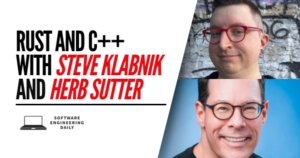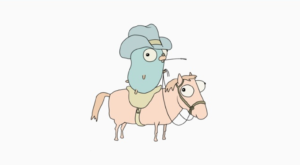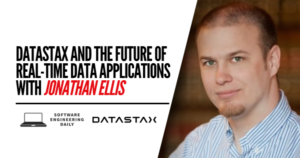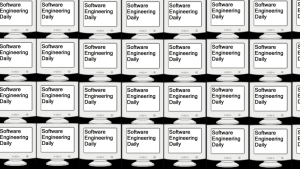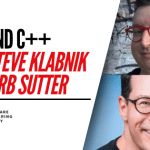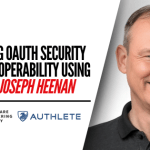Render: High Level Cloud with Anurag Goel
Podcast: Play in new window | Download
Subscribe: RSS
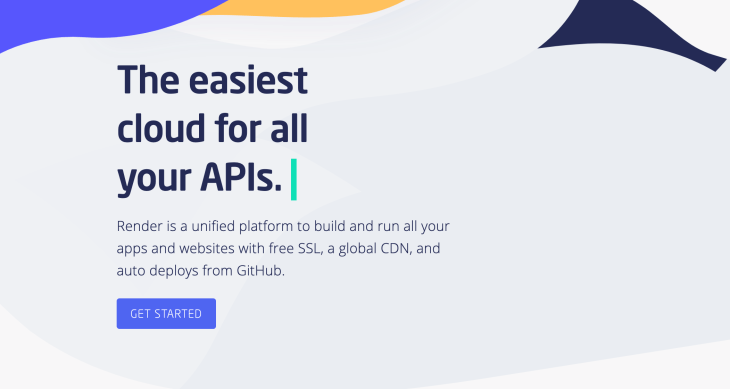

Cloud computing was popularized in 2006 with the launch of Amazon Web Services. AWS allowed developers to use remote server infrastructure with a simple set of APIs. But even with AWS, it was still not simple to deploy and manage a web application.
In 2007, Heroku launched a platform built on top of AWS. Heroku focused on the developer experience by optimizing for users who were deploying Ruby on Rails applications. Since then, Heroku has expanded into other forms of managed infrastructure, including other application frameworks like NodeJS, and databases like Postgres.
Heroku was the first popular “layer 2” cloud provider. Twelve years later, it is probably still the most popular. But there have been many other cloud providers built on top of AWS, including Netlify, Zeit, Spotinst, and Firebase.
Layer 1 cloud providers are Google Cloud, AWS, Azure, Digital Ocean, and other raw infrastructure providers. These companies provide a great service in their low cost, commodity infrastructure. But the layer 1 providers are not optimizing for developer experience. They need to cater to a broad set of developers, some of whom want to work at a low level.
A layer 2 cloud provider can build an opinionated solution that serves a subset of the overall cloud market particularly well.
Render is a layer 2 cloud provider that optimizes for specific developer workflows, such as deploying a NodeJS web server, a static site, or a Docker container. Anurag Goel is the founder of Render, and he joins the show to discuss the strategy and the economics of Render. Anurag was also one of the early employees at Stripe, and he discusses his experience and learnings from working at the company.
Transcript
Transcript provided by We Edit Podcasts. Software Engineering Daily listeners can go to weeditpodcasts.com/sed to get 20% off the first two months of audio editing and transcription services. Thanks to We Edit Podcasts for partnering with SE Daily. Please click here to view this show’s transcript.



